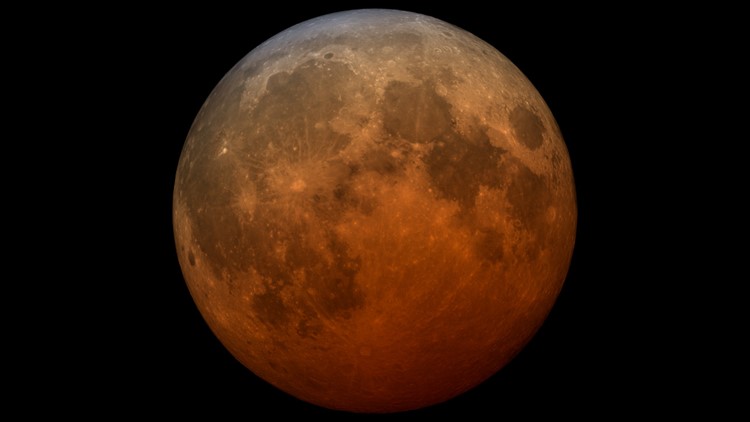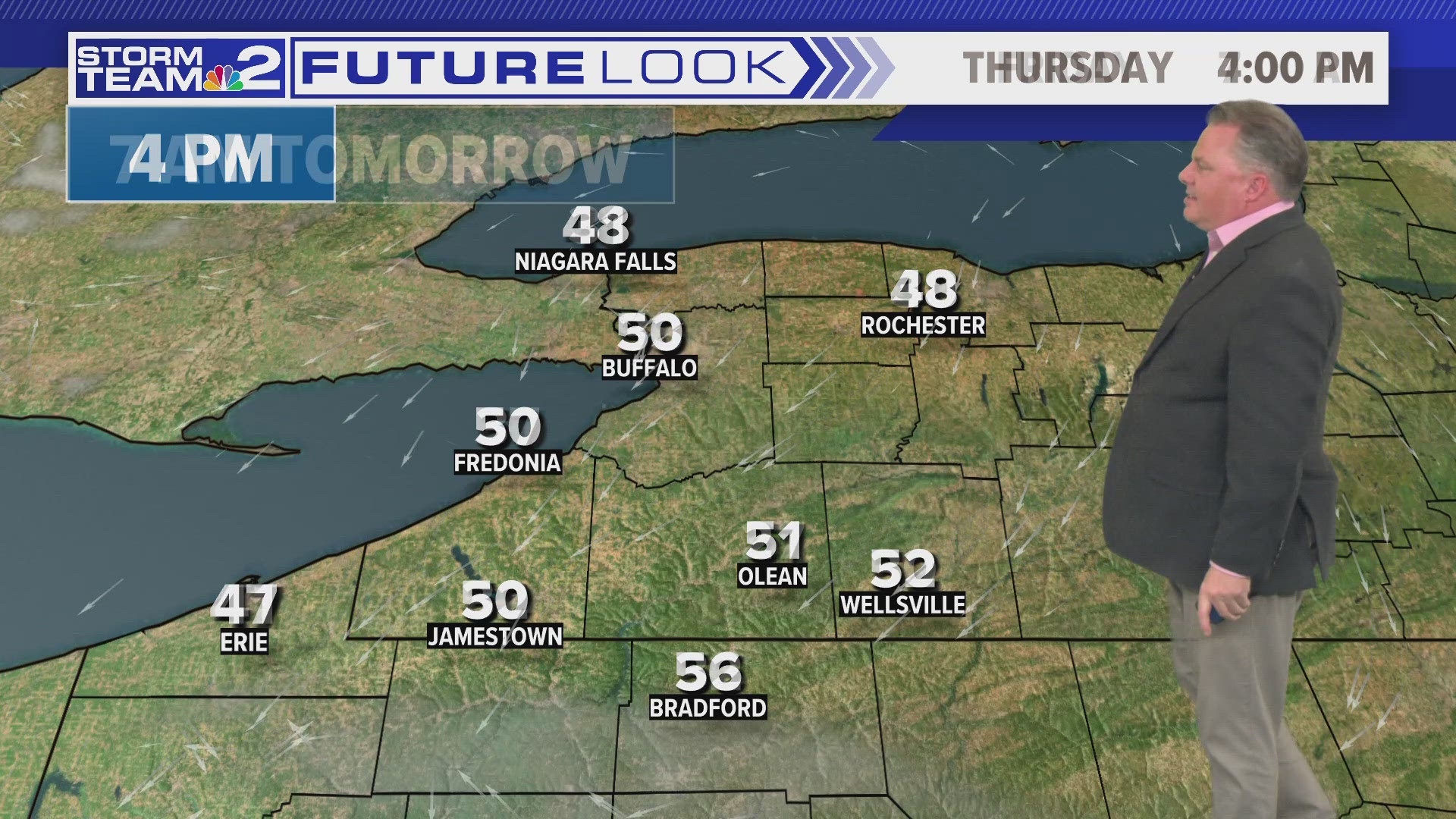BUFFALO, N.Y. — To view the upcoming Supermoon Eclipse, you'll need to set an early alarm Wednesday morning.
In fact, three celestial events will be happening at the same time: a full "Flower Moon," Supermoon and lunar eclipse. And unlike a solar eclipse, special eyewear is not needed to view a lunar eclipse.
The full "Flower Moon" is the name given to a late-May full moon. It was first used by Native Americans as it's usually a time when spring flowers are in full bloom.
A Supermoon occurs when the moon is in its closest orbit to the Earth and in its full moon stage. Because of this, it will appear to bigger and (usually) brighter, except when there's a lunar eclipse.
A lunar eclipse occurs when the Moon passes through Earth's shadow, leaving the Earth in-between the Sun and the Moon. As this happens, the Moon will gradually get darker, eventually turning a rusty red color which symbolizes totality. The red color comes from sunlight being scattered and reflected through the Earth's atmosphere.
Tuesday morning Storm Team 2 Meteorologist Elyse Smith spoke to Science Communicator Molly Wasser, who runs the "NASA Moon" Twitter account, ahead of Wednesday morning's event. She said that, "Buffalo's lucky... drive east and you won't be able to see it. During a partial eclipse, the Moon won't turn red but there will be a slight darkening and you'll have to look very carefully."
But it'll be close! Western New York will be able to view Wednesday morning's Supermoon Eclipse right before it reaches totality. This means that those who wake up early will be able to watch the Moon slowly get darker and "disappear" into the Earth's shadow. Unfortunately, the Moon won't turn completely red like it will during totality.
The eclipse will begin at 4:47 a.m. and reach it's local maximum at 5:43 a.m. at sunrise. Totality begins between at 5:44 a.m. and 5:47 a.m., which is why it's so close. But sunrise locally will eliminate the view of the full lunar eclipse. The total eclipse phase will be visible in the western United States and Canada, Mexico and most of Central America.



